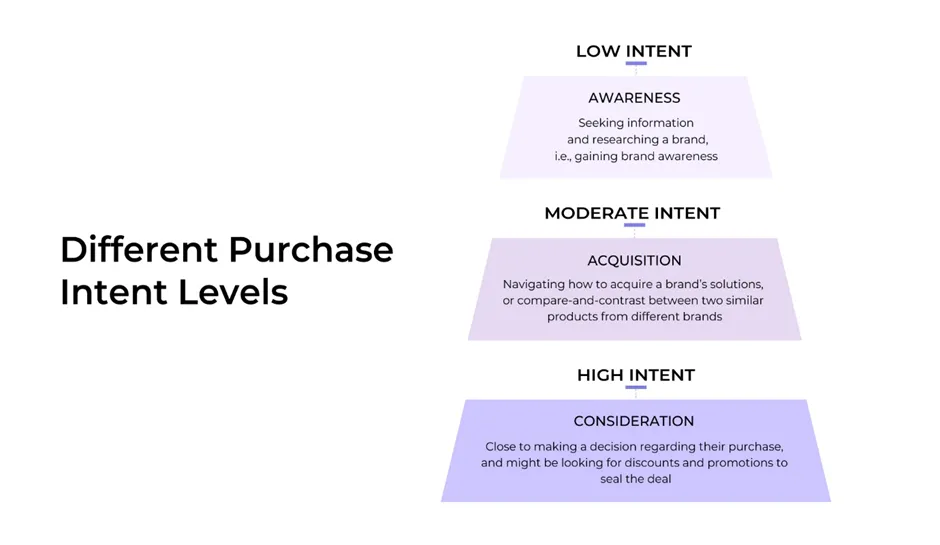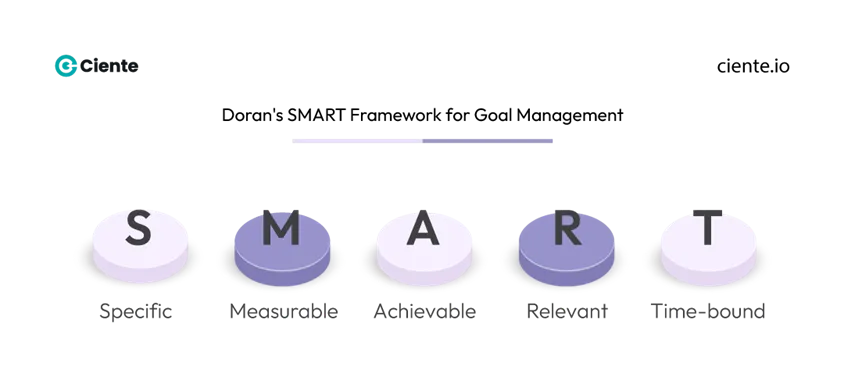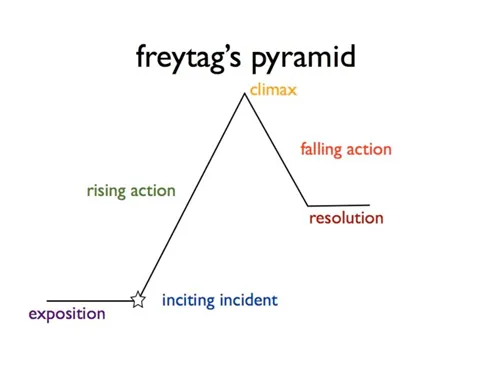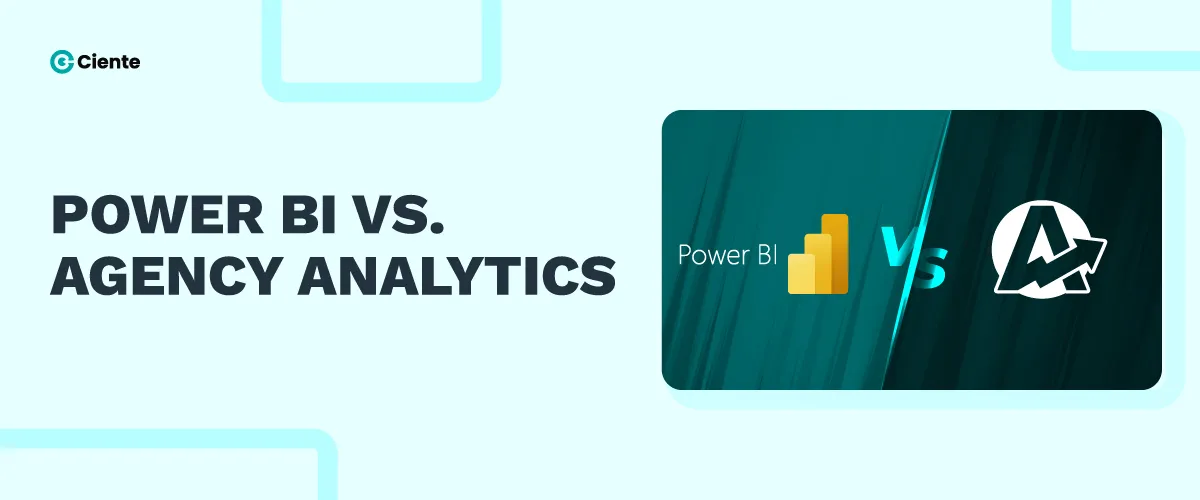Managing Brand Reputation: A Reactive Approach
Building robust brand reputation takes time. And even a miniscule mistake could prove costly. How can brands proactively manage this?.
The modern buyer is self-aware. With digital resources and channels at the doorstep, they can leverage research, instigating a shift in their buying patterns. It has led to heightened demand and dynamic expectations.
And what happens when these expectations are not met? Criticism, scrutiny, and endless social debate.
In this digital-first era where social media is at the forefront of every public opinion – shared and discussed, brands take consumer opinions quite seriously. This prolonged noise seems unmanageable, especially when customers often want businesses to respond to their pain points straightaway.
And digital transformations have accentuated these concerns.
From social proofs to online reviews, consumer opinions deeply impact a company’s market positioning. Tech innovations have also put them under a microscope. Now, it’s easy to detect, augment, and scrutinize any error – when they deter from an ethical pathway the audience has already framed.
These could range from tiny slip-ups to data breaches to poor consumer reviews. Any divergence significantly affects their brand reputation, leading to a loss of market share and their status. The brand should be a priority – the value it entails and the relationships forged.
With digital innovations accessible in a blink, businesses are rethinking and regrouping. With modern challenges in tow, they are developing unique solutions and strategies to address and counter them. If tech can work against them, it can also benefit them.
Because market value isn’t merely about the numbers, most of it is dependent on brand equity and other immeasurable metrics. These incite holes in form of weaknesses across the brand, making them susceptible to reputational damages, which may directly impact sales and customers.
What Should Remain the Priority: Risk Mitigation or Crisis Management?
“Too often, we’re tempted to address the symptoms of a problem rather than the root causes or conditions,” asserts the Managing Director of Achievers Workforce Institute.
In line with how companies can mitigate reputational risks, the Forbes Council voices a similar opinion. They agree that brands should frame a proactive approach to safeguard their reputation instead of waiting for the problems to fester.
Precaution before cure has been a motto that has worked effectively in every road of life. It similarly applies to the business landscape.
This is where risk management and crisis management differ from each other. Addressing brand reputation risks is crucial before any sort of crisis management. It requires a reactive approach.
Why?
When a brand has a positive reputation, the perception is that they’re providing more value to their audiences. These organizations entail loyal customers who access a broad range of services from them or apply for premium. It proves how tangled customer experience and brand reputation are with each other.
Is Brand Reputation All About the External Image?
Here, we highlight another facet of this discussion – brand reputation is relative and subjective.
For example, an expert opinion of a business might differ from the audience’s.
However, at the end of the road, there are similar goals – invite trustworthy partnerships, successfully launch products into the market, and safeguard against competitors.
But doesn’t understanding reputational risk involve defining “brand reputation” beforehand? Brand reputation focuses on the value – of what people perceive externally to build an internal (trusted) relationship with the business.
An old article by HBR implies that reputation is all about perception. But to what extent is it true? Generally understood as a socially constructed notion, the magnitude of the hit isn’t driven by a speculative allegation but depends on its credibility. A brand reputation might take years to construe, but a tiny hiccup or obstacle to disrupt – it encompasses the value expression.
A business can capitalize on this – attracting investors and boosting clients amidst other factors interlinked to its growth and success.
In a research paper titled – “Corporate Reputation: Being Good and Looking Good” (2019), the author questions – is reputation about having a positive image or doing good (ethically)? The modern challenge identifies a cross-connection between both these aspects. It’s the same angle that the HBR article provides on reputational risks – identification of the gap between the perceived image and the reality.
This could introduce a wide rupture in the public perception and the actual standing of the business.
The consequences?
Negative marketing could lead to a dip in sales and challenges in customer retention, damaging the overall reputation. This is why business leaders should draw on creating value through strategic reputation risk management.
How to Effectively Implement Reputation Crisis Management Strategies?
Reputation management evaluates how the market perceives a business and then seeks to execute strategies that ensure a positive image. For a long-term and noticeable effect, reputation management should be integrated and adapted to align with the business-wide processes. Here, stakeholders’ perspective goes a long way.
Building back a positive and streamlined reputation – whether an internal or external overview – requires management insight. This ensures that the beliefs and long-term requisites align with stakeholder expectations.
Moreover, a proper reputation management strategy should be followed by significant performance indicators, illustrating which factors affect a brand’s reputation. Only then can an organization continue to build a roadmap.
However, this isn’t all. Reputation management is a consistent process that requires dedication. For robust reputation crisis management planning, the following take the front wheel:
1. A thought-out code of conduct
What if a stakeholder, an employee, or a partner instigates a reputational crisis? What is the primary approach to managing such a crisis? To handle conflicts, an organization has to be aware of the model behavior – the conduct and ethics everyone who’s part of the organization should follow.
In 2019, following the #MeToo movement, organizations decided to hold CEOs accountable, ramping up ethical standards at the C-level. This was on the basis of professional and personal conduct and led to over 120 CEOs resigning and 580 of them stepping down.
When specific stakeholders are directly tied to a brand’s identity, this could hit the brand’s reputation and create a crisis in their market perception.
However, a well-planned and meticulous code of conduct helps establish what is and isn’t acceptable in a professional setting. And when these rules are not followed appropriately, corrective measures should be placed.
When well-designed code of conduct highlights core values and purpose – it’s much easier to map a smooth pathway in handling a crisis. The organization then entails an offensive solution when a stakeholder or employee gives root to a crisis such as the one mentioned above.
The brand’s code of conduct holds them accountable and establishes their awareness regarding how one should behave. It also includes evaluating employee sentiments along specific ethical indicators such as accountability, trust, and decision-making. It has to be an inclusive process where the attributes resonate with diverse stakeholder groups.
Thus, to influence the ideal behavior in the organization, these standard codes have to be woven within the organization’s culture and mission. This way, it extends across departments and hierarchies.
2. The philosophy behind the brand’s vision and mission
It’s true that a brand doesn’t receive a bad reputation overnight. There are specific mistakes leading to such a displacement in brand positioning and loss of market trust.
Here, the primary thought is questioning where the business stands and what the values it stands for. If there are any hiccups between what the audience expects and brand values, rebranding could be a potential next step.
If a business loses its direction toward engaging its audience, it could be time to reassess its mission statements and values. It is specifically fruitful in aligning with where the company hopes to be and its overall strategic framework.
The current channels and partner websites on which your brand is present should reflect the edited messages, descriptions, trademarks, guidelines, and logos.
3. Periodic audits
Periodic audits investigate what the market is saying across variable platforms – social media, review websites, user reviews, and Google searches, amongst others.
These require extensive research, offering a different perspective on where your team is lacking in its crisis management strategies. The point is – people are already talking, so you need to know where.
The in-depth research will help assess the extent of damage done – what exactly happened, the subsequent backlash, and how it affected the company. It’s important to continue tracking the scenario – whether the backlash is increasing, moderate, or decreasing.
Doing so will highlight the areas of the crises which require primary attention.
4. The following steps are monitoring, reacting, and improving the reputation.
Once you’ve mapped the conversation around the brand, it’s time to take some measures. What if the reviews and comments are negative or moderate? The next step is to think over strategies to improve them.
You have to turn the tide. But how?
Study the market trends and customer experiences. Both these factors are revealed through the conducted audits. Create a consistent management strategy around this:
1. Who will oversee/monitor the implementation and evaluation of these strategies?
A brand reputation manager or a new group of employees? Building a team leveraging employees who indulge in customer-facing activities could contribute toward effective communication.
They’re already talking to customers, so they are aware of the tone and messaging they should use.
However, businesses must acknowledge that those on top are sometimes the only ones with the resources to preside over reputation crisis management. The communication isn’t merely with the customers but also with the stakeholders who decide whether a risk should be managed or avoided.
Additionally, there should be a brand reputation manager, i.e., the point of contact, who will help bridge the gap with the decision-makers and improve coordination.
2. Do the reviews or comments deserve responses?
Legitimate and genuine feedback, whether positive or negative, that transcends trolling should be responded to. Arguing with trolls online may backfire and damage the reputation further. However, addressing real concerns and providing them with solutions could improve the derailing opinions.
It could additionally prove that, as a business, you care about the well-being and time of your clients.
3. Establish readiness, even for favorable audits
Even if the audit reports demonstrate consistency in maintaining a positive brand reputation, a business should be ever-ready. Crisis could easily be deviated by undertaking efficient precautions.
Because once it occurs, there should be a previously thought-out plan on handling it.
Planning for emergencies will also help develop the ideal response.
Execution of brand crisis management requires a reactive and all-inclusive approach.
The rupture between the reality of a brand and its reputation should materialize into a positive public perception instead of deteriorating. Media in the age of information overload plays a modular role in shaping the market’s perception.
This is why there should always be a communication and a trust-building strategy set in stone. Companies also undertake PR managers to build robust plans to manage media images.
But image and reputation aren’t the same. Reputation is built on a long-term collective opinion, once destroyed, takes decades to reinstate.
This is why a reactive approach to crisis management is the key – an actionable route to assuring audiences of the guidelines the brand values.
Modulating the strategies according to the source of the crisis can be a vital step in reputation crisis management. If it was due to data breaches, execute new cyber policies; if it was due to employee/stakeholder misconduct, develop a standard model for the ideal behavior.
And, there is one aspect threading them all into ball of yarn – strong communication. Technology has increased the stakes for everyone involved. When someone has a negative experience, the news travels faster across social platforms. This works reversibly as well – in case of a positive brand reputation.










